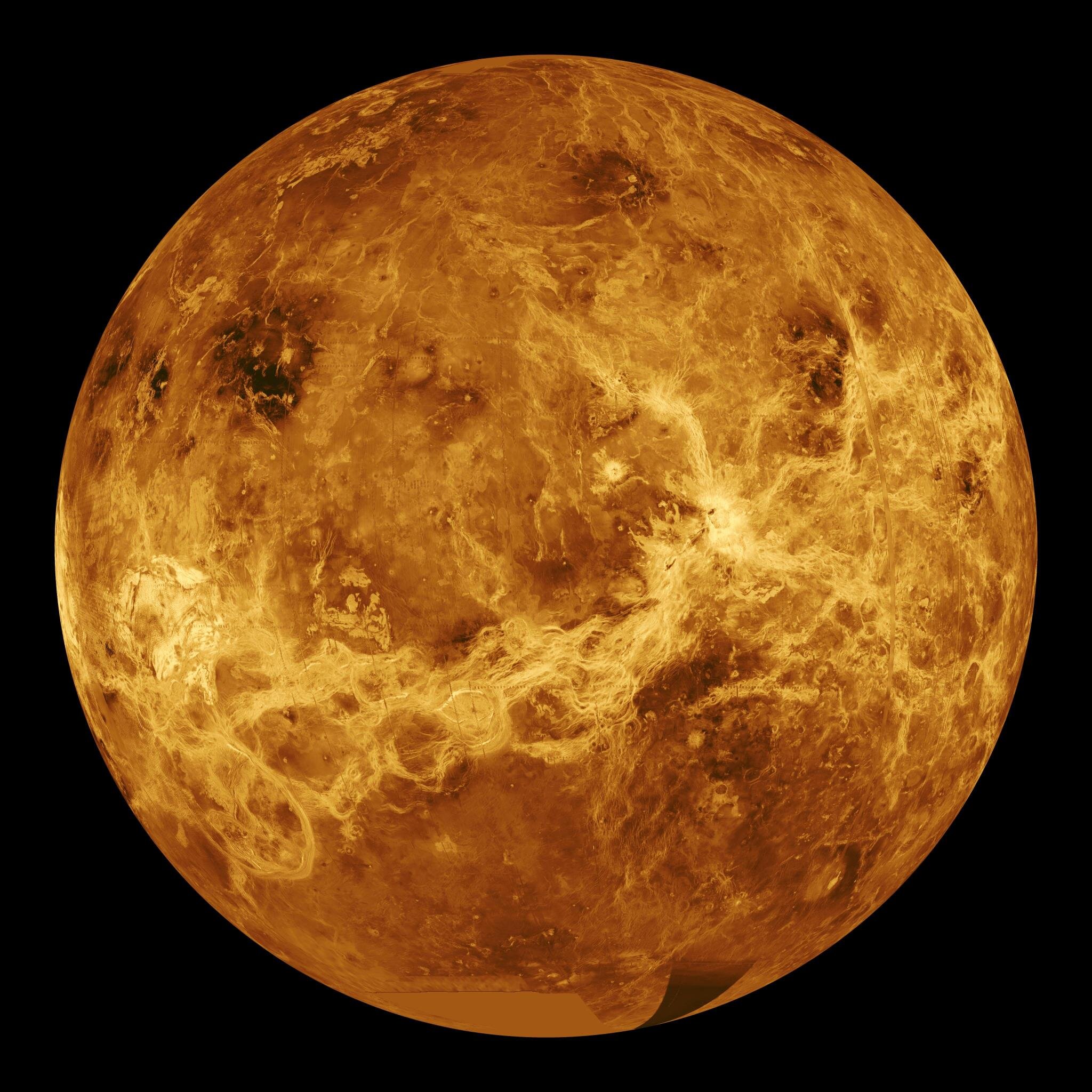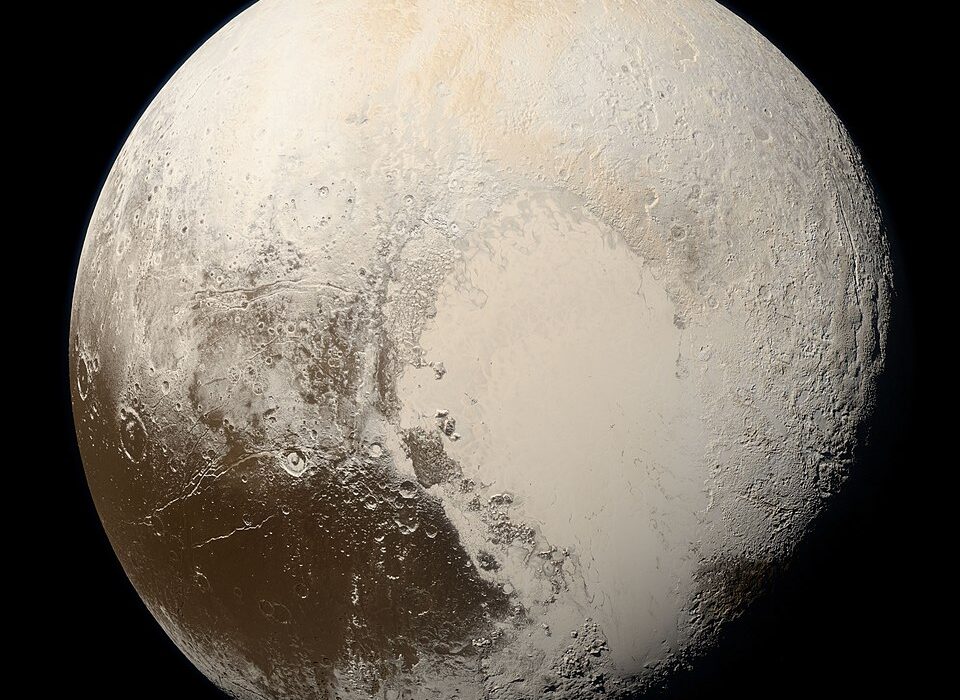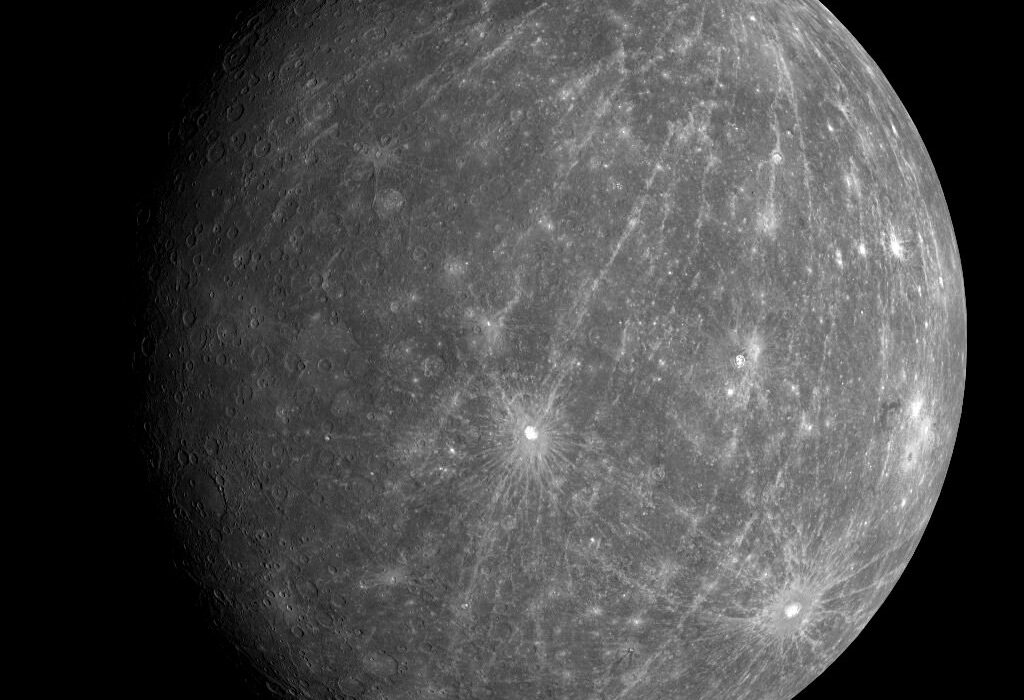For decades, Venus has remained a tantalizing enigma—shrouded in a dense atmosphere of carbon dioxide and sulfuric acid, its rocky surface hidden beneath a smothering veil of clouds. Often called Earth’s “sister planet” due to its similar size and mass, Venus, however, could not be more different in terms of its geology and surface conditions. Scorching temperatures averaging 900 degrees Fahrenheit (475°C) and crushing atmospheric pressure have made direct observation of its geology nearly impossible.
But a new study, published in Nature Communications, is peeling back the mystery of Venus’s crust. Using sophisticated modeling, scientists have discovered that the outer shell of Venus is not static, as long assumed. Instead, the study suggests a surprising geologic activity happening deep within the planet’s lithosphere—a process of metamorphism, crustal recycling, and possible lava production, even in the absence of the familiar tectonic engine that drives Earth’s dynamic surface.
This discovery could fundamentally reshape our understanding of how Venus’s surface changes over time—and provide critical insight into the evolution of rocky planets, including Earth.
A World Without Plate Tectonics
To grasp the magnitude of this finding, it’s essential to understand what Venus lacks. Earth’s geology is powered by plate tectonics, the slow drift of massive slabs of crust that jostle against one another, giving rise to mountains, earthquakes, and volcanic eruptions. This movement also allows the Earth to “recycle” its crust; lighter crustal plates slide over heavier ones, which are forced into the mantle—a process known as subduction.
These subducting slabs undergo metamorphism as they descend, experiencing intense pressures and temperatures that alter their mineral composition. Volcanism often results, along with the return of water and elements into the deep Earth, creating a geochemical loop essential to sustaining a dynamic planet.
But Venus, as far as we know, has no plate tectonics. Its crust doesn’t shift or recycle through subduction. Instead, it was long thought that Venus’s crust simply grew thicker and thicker over time, trapping heat below and making the planet increasingly stagnant.
That assumption, however, may be wrong.
A Surprising Discovery: Venus’s Thin Crust
Led by scientists including Justin Filiberto, deputy chief of NASA’s Astromaterials Research and Exploration Science Division, the new study used thermodynamic modeling to investigate what actually happens as Venus’s crust accumulates. The results were striking.
Despite being a one-piece crust with no plate boundaries or subduction zones, Venus’s crust is relatively thin—about 25 miles (40 kilometers) on average and no more than 40 miles (65 kilometers) thick. That’s thin by planetary standards, especially for a planet with such extreme surface conditions.
Why? According to the models, as the crust on Venus thickens, something remarkable happens: the bottom layers become so dense under high temperature and pressure that they either melt or detach and sink into the mantle—a form of recycling without subduction. This metamorphism process mimics some effects of tectonic recycling, even in the absence of plate movements.
“It turns out that, as the crust grows thicker, the bottom of it becomes so dense that it either breaks off and becomes part of the mantle or gets hot enough to melt,” said Filiberto. “So, while Venus has no moving plates, its crust does experience metamorphism.”
The Birth of a New Geological Cycle
This new model introduces a radically different way to understand Venusian geology. The base of the crust, when heated and pressurized to a critical point, transforms—its minerals rearrange, densities shift, and some portions either delaminate (break off) or melt. This melted material can then rise toward the surface as magma, potentially fueling volcanic eruptions.
And it’s not just about lava. The process also returns water and other volatile elements back into the interior, similar to how Earth’s subduction zones carry surface materials into the mantle. This crustal metamorphism represents a self-regulating mechanism that prevents the crust from growing endlessly and introduces a dynamic interplay between the surface and interior of Venus.
“This gives us a new model for how material returns to the interior of the planet,” Filiberto explained, “and another way to make lava and spur volcanic eruptions. It resets the playing field for how the geology, crust, and atmosphere on Venus work together.”
Could Venus Still Be Volcanically Active?
One of the biggest mysteries about Venus is whether it is volcanically active today. Its surface is dotted with vast volcanic plains, towering shield volcanoes, and ancient lava flows. But how recent are these features? Could Venus still be erupting today?
“We don’t actually know how much volcanic activity is on Venus,” Filiberto acknowledged. “We assume there is a lot, and research says there should be, but we’d need more data to know for sure.”
If the model presented in the new study is correct, then Venus could very well be geologically active. The metamorphism at the base of the crust provides a mechanism for generating heat, pressure, and molten rock, potentially leading to eruptions. This internal churning—hidden beneath a suffocating atmosphere—might be reshaping the planet’s surface even now.
Atmospheric Implications: A Planet’s Breath
The interplay between geology and atmosphere is crucial, especially on Venus. Volcanic eruptions don’t just spew lava—they release vast amounts of gases into the atmosphere, including carbon dioxide, sulfur dioxide, and water vapor. These gases can dramatically alter a planet’s climate and chemistry.
On Venus, the thick atmosphere is already dominated by carbon dioxide, creating a runaway greenhouse effect. If volcanic eruptions are ongoing, they could be maintaining or even intensifying this hellish climate. Conversely, past eruptions could have been responsible for transforming Venus from a potentially habitable world billions of years ago into the inferno we see today.
Understanding Venusian geology, therefore, is not just a matter of planetary science—it’s a key to understanding planetary habitability, climate evolution, and even the limits of life.
Missions on the Horizon: Eyes on Venus
To validate the new metamorphism model and unlock more secrets of Venus, scientists need better data. That’s where the next generation of planetary missions comes in.
NASA is planning two ambitious missions: DAVINCI (Deep Atmosphere Venus Investigation of Noble gases, Chemistry, and Imaging) and VERITAS (Venus Emissivity, Radio Science, InSAR, Topography, and Spectroscopy). DAVINCI will plunge into Venus’s atmosphere, measuring its chemical composition and taking high-resolution images of its surface. VERITAS, meanwhile, will orbit the planet, mapping its topography with radar and searching for signs of current geologic activity.
ESA (the European Space Agency) will also join the effort with EnVision, a mission designed to study Venus’s surface and subsurface processes with radar and spectroscopy.
These missions could provide critical data to test whether Venus’s crust is indeed undergoing metamorphism and recycling, how frequently it erupts, and how those processes affect its dense atmosphere.
A Window into Earth’s Future?
There’s more than curiosity driving this exploration of Venus. Many scientists see Earth’s hotter twin as a cautionary tale. Venus may have once had oceans, moderate temperatures, and a climate not unlike our own. But something changed—possibly a cascade of volcanic activity that released enough greenhouse gases to cook the planet’s surface and lock it in a perpetual furnace.
If Venus still has internal processes generating magma and volcanism, they may be clues to how it made this transition—and whether Earth could ever follow suit under the wrong conditions.
Venus is not just a mirror—it is a lesson in planetary fate.
Final Thoughts: A New Chapter for an Ancient World
The idea that Venus, long thought to be a static world of dead rock, may instead have a churning, dynamic crust is a profound shift in planetary science. This new understanding of metamorphism without tectonics introduces a fascinating concept: that a planet need not have plate movement to recycle its crust and fuel volcanism.
It adds a new layer of complexity to how we define geological activity, opening new doors for studying rocky planets inside and outside our solar system. With upcoming missions poised to dive deeper into Venus’s secrets, we stand at the threshold of a new era in our understanding of Earth’s scorching twin.
Perhaps, in the volcanic heat and crushing pressure of Venus, we will find not just a deeper understanding of our solar system—but the echoes of our planet’s own geological story.
Reference: Julia Semprich et al, Metamorphism of Venus as driver of crustal thickness and recycling, Nature Communications (2025). DOI: 10.1038/s41467-025-58324-1






